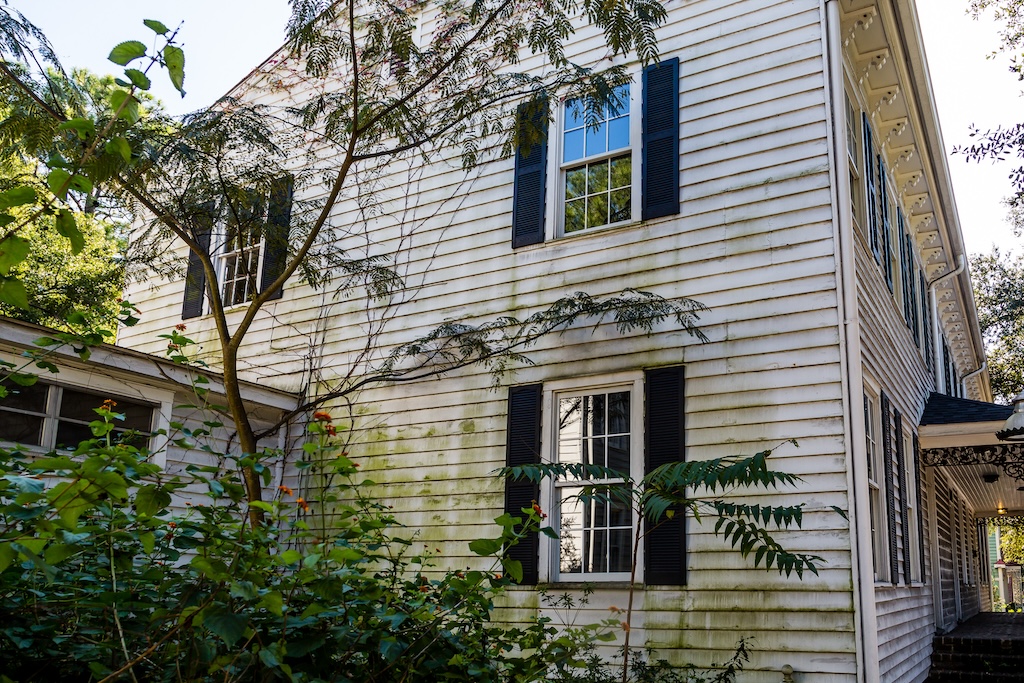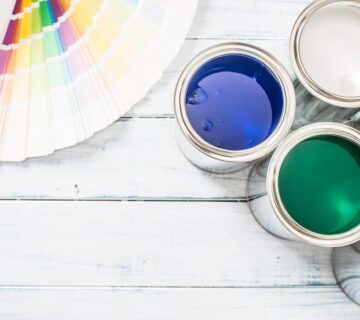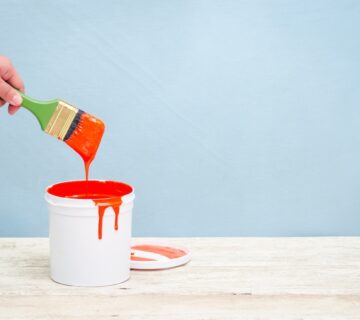Determining the right time to repaint your house is crucial for maintaining its aesthetic appeal and protecting its structural integrity. While there’s no one-size-fits-all answer, various factors can influence how often you should undertake this important maintenance task. The frequency of repainting depends on the quality of the previous paint job, the type of material used for your home’s exterior, the climate, and even the color of the paint. This blog will explore these factors to help you understand how often you should consider repainting your house.
Quality of Previous Paint Job
The longevity of your house’s paint job hinges heavily on the quality of the previous application. When high-quality paint is applied with precision, it can withstand the elements for an extended period, often lasting between 5 to 10 years. Conversely, a poorly executed paint job using lower-quality materials may show signs of wear and tear much sooner, sometimes deteriorating within just a few years. By investing in professional-grade paint and application, you not only ensure a longer-lasting finish but also save time and money in the long term by reducing the frequency of repaints and preserving the integrity of your home’s exterior.
Exterior Material of Your House
Different building materials have varying abilities to hold paint, affecting the repainting frequency.
- Wood Siding: Wood siding generally requires repainting every 3 to 7 years, or staining approximately every 4 years. Wood is susceptible to weather damage and may need more frequent maintenance in harsh climates.
- Aluminum Siding: Aluminum siding can go about 5 years between paint jobs. It’s durable but may fade or chalk over time due to sun exposure.
- Stucco: Stucco typically needs repainting every 5 to 6 years. Its porous nature means it retains paint well but can be prone to cracking and staining.
- Brick: If your brick is unpainted, it only requires occasional cleaning. However, once painted, it should be repainted approximately every 15 to 20 years.
- Fiber Cement Siding: This material holds paint well and usually needs repainting every 10 to 15 years.
- Vinyl Siding: Vinyl siding doesn’t need painting as often unless you wish to change the color. Good quality vinyl can retain its look for up to 20 years.
Climate and Location
The climate and geographical location of your home play a crucial role in determining the lifespan of your exterior paint. Homes situated in regions with intense sunlight exposure, extreme temperature fluctuations, salty ocean air, or high humidity levels are particularly susceptible to paint deterioration. In areas with harsh sunlight, the UV rays can cause paint to fade and blister over time, compromising its integrity and appearance. Likewise, high levels of humidity can lead to moisture infiltration, resulting in peeling, cracking, and mold growth on exterior surfaces. Moreover, homes located near coastal regions are often exposed to salt spray, which can accelerate paint degradation and corrosion of building materials.
Paint Color
The color of your exterior paint can also impact its longevity and maintenance requirements. Darker colors tend to absorb more heat and UV rays than lighter shades, causing them to fade and degrade at a faster rate. As a result, homes painted in deep or rich hues may require more frequent repainting to maintain their aesthetic appeal and vibrancy. Additionally, darker paints are more prone to heat absorption, which can lead to thermal expansion and contraction of the underlying substrate, potentially causing paint film to crack or peel over time.
Maintenance and Inspection
Regular maintenance and proactive inspection of your home’s exterior are essential for preserving the integrity and longevity of your paint job. By conducting routine inspections, you can identify and address any signs of deterioration or damage early on, preventing minor issues from escalating into major problems. Tasks such as cleaning the exterior surfaces, removing dirt, debris, and mold, as well as repairing any cracks, peeling, or chalking, can significantly extend the lifespan of your paint. Additionally, applying a fresh coat of paint or protective sealant to vulnerable areas, such as trim, doors, and windows, can help enhance durability and weather resistance, minimizing the need for frequent repainting.
Final Thoughts
In summary, the frequency at which you should repaint your house varies based on several factors, including the quality of the previous paint job, the material of your house, the climate you live in, the paint color, and how well you maintain the exterior. Generally, an average span between exterior paint jobs can range from 5 to 15 years. Regular inspections and prompt touch-ups can help maintain your home’s exterior and extend the time between full repaints. For more advice on house painting and maintenance, visit our website at sisupainting.com and explore our blog at sisupainting.com/blog.





No comment